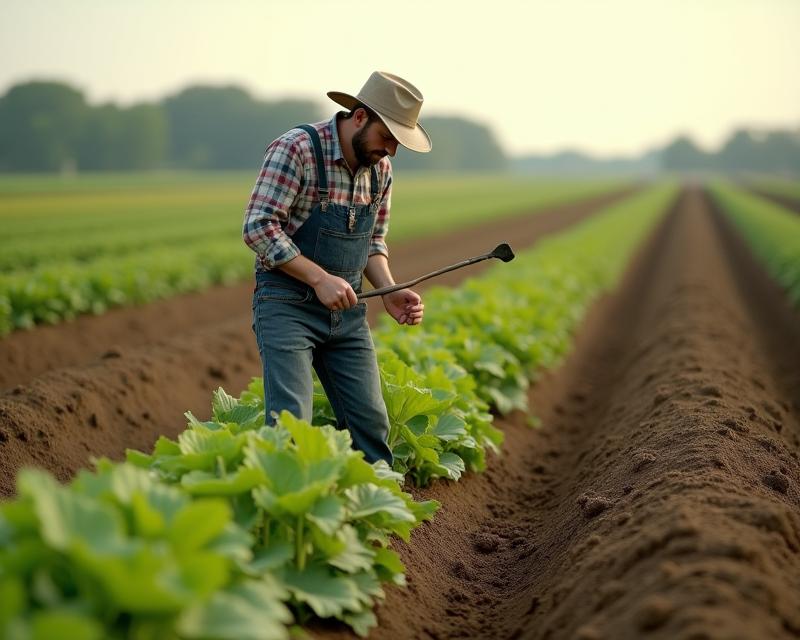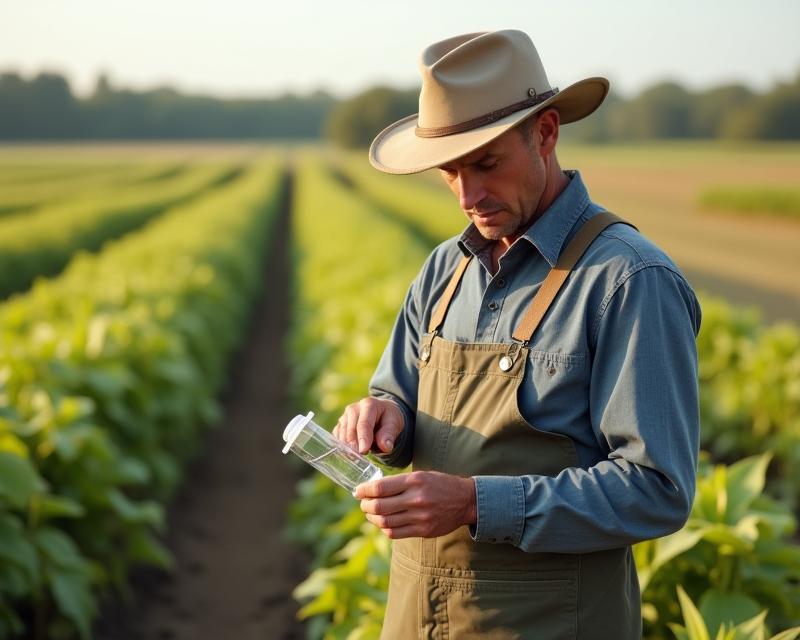Smart Crop Planning for Success
Publish in Agriculture el 01/07/2025 02:59
Smart Crop Planning for Success
Planning is the cornerstone of a successful farm or garden! It's more than just a to-do list; it's about understanding your land, your climate, and your goals. Choosing the right crop mix is a crucial part of this planning process, and it can make a huge difference in your yields, profitability, and the overall health of your farm. Let's dive into how to make smart choices based on your soil and region.

Understanding Your Soil
Your soil is your farm's foundation. Knowing its type – sandy, silty, clay, or loamy – is the first step. Sandy soils drain quickly but don't hold nutrients well. You'll need to amend them with organic matter like compost to improve water retention. Clay soils hold water well but can become compacted. Adding organic matter and ensuring good drainage are key. Silty soils are a good balance, and loamy soils are often considered ideal – a mix of sand, silt, and clay that provides good drainage and nutrient retention. A soil test is invaluable! It will tell you the pH level and nutrient content, guiding you on what amendments are needed to support your chosen crops.
Climate Considerations
Regional climate plays a massive role in what you can successfully grow. Consider your growing season – the period between the last frost in spring and the first frost in fall. Temperature extremes are another factor. Some crops thrive in hot weather, while others prefer cooler temperatures. Rainfall patterns are also critical; you need to choose crops that can tolerate the amount of rain your region receives, or be prepared to provide irrigation. Think about microclimates on your property too – areas that might be sheltered from wind or receive more sunlight. These variations can open up possibilities for growing a wider range of crops.
Creating a Balanced Crop Mix
A diverse crop mix is generally healthier than monoculture (growing only one crop). It helps to:
- Reduce pest and disease problems: Different crops attract different pests and diseases. A mix can disrupt pest cycles.
- Improve soil health: Different crops have different root systems and nutrient needs, which can improve soil structure and fertility.
- Maximize resource use: Different crops have different water and nutrient requirements, which can help you use resources more efficiently.
- Increase profitability: Diversification can provide multiple income streams and buffer you against market fluctuations.
For example, in a region with clay soil and a warm, humid climate, you might consider a mix of vegetables like tomatoes, peppers, and beans, along with some cover crops like rye or clover to improve soil health. In a region with sandy soil and a cooler climate, you might focus on crops like lettuce, spinach, and root vegetables like carrots and beets. Don't be afraid to experiment and learn what works best for your specific conditions! Keep detailed records of your plantings, yields, and any challenges you encounter. This information will be invaluable for future planning.
Resources
Your local agricultural extension office is an excellent resource for information on soil testing, crop selection, and best practices for your region. They can provide tailored advice based on your specific location and needs. There are also many online resources and agricultural publications available to help you learn more. Happy farming!





